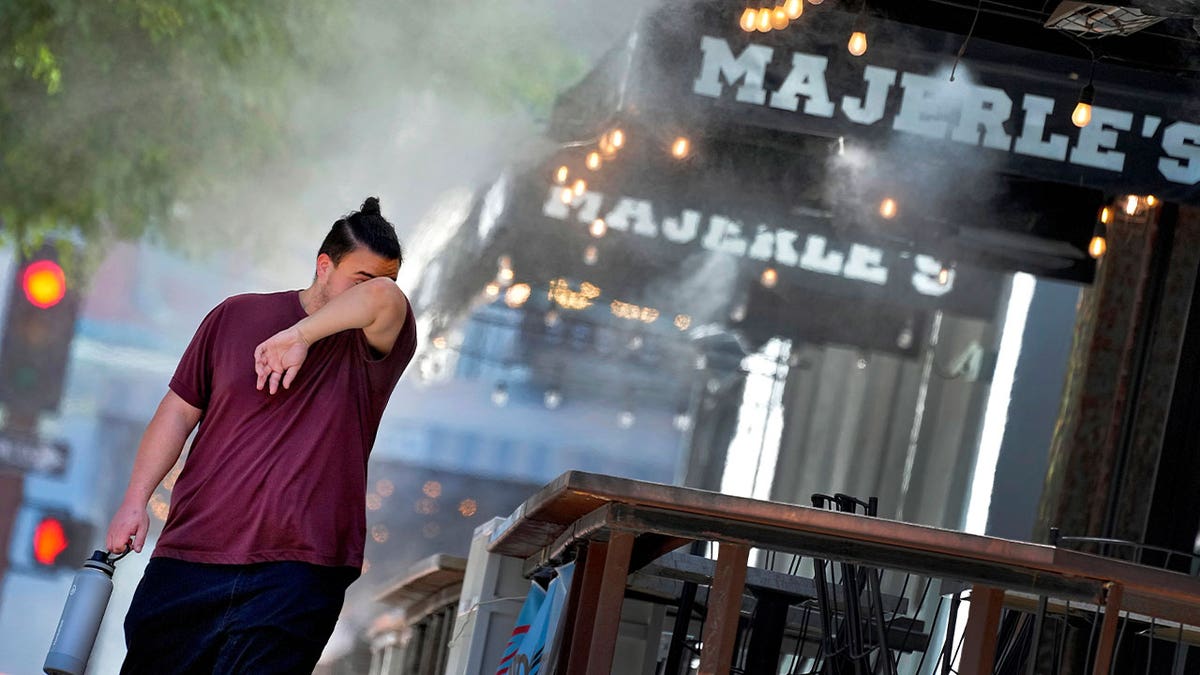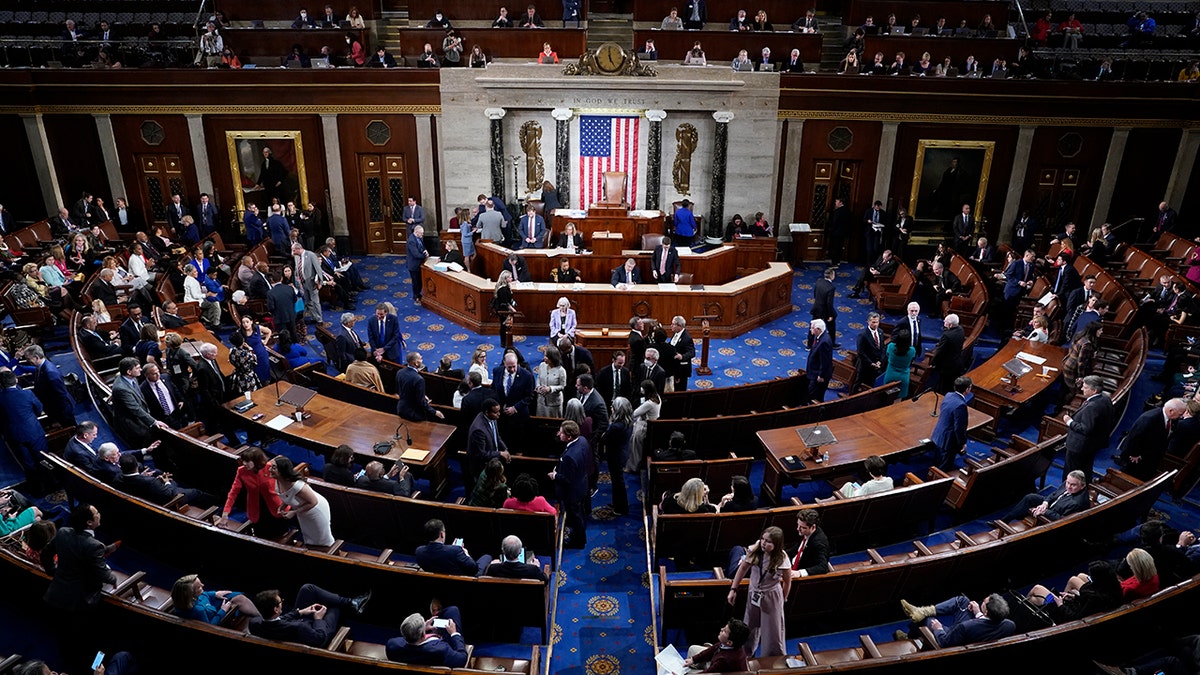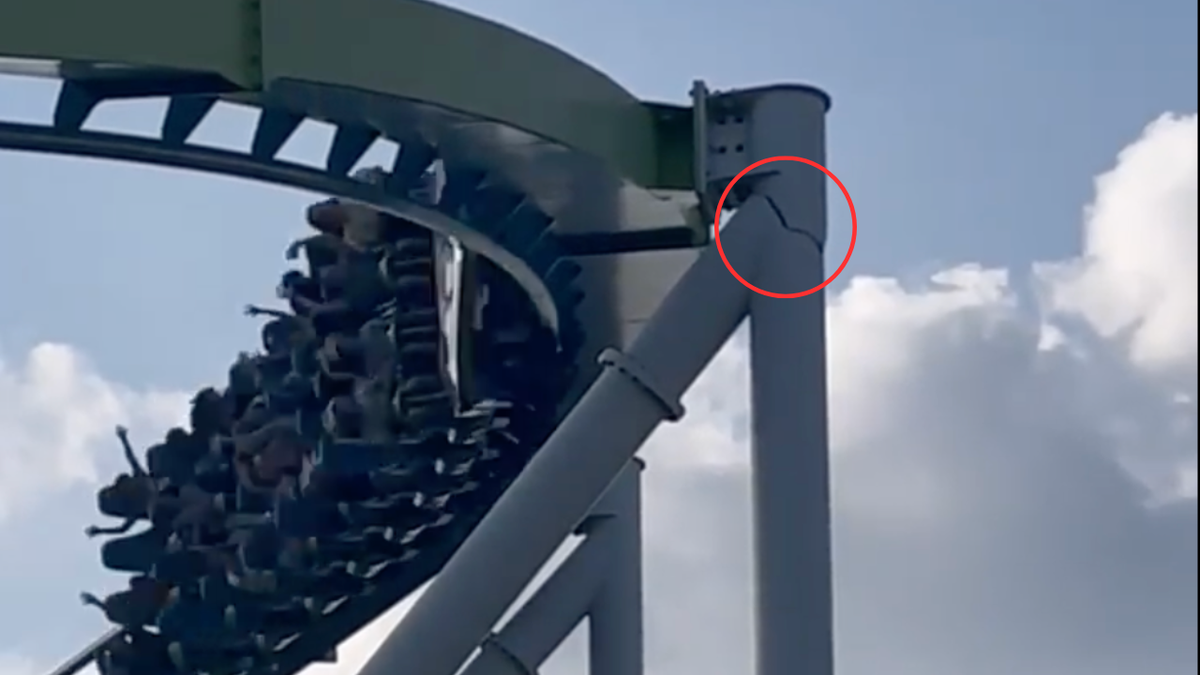An intense heat wave continues to grip a significant portion of the United States, particularly impacting California, and pushing temperatures into triple digits. Over a third of the population is under heat advisories, warnings, or watches, prompting widespread efforts to mitigate the dangerous conditions.
The Southwest and California are bearing the brunt of the extreme heat, with forecasts predicting even higher temperatures over the weekend. Inland desert areas are bracing for daytime highs exceeding 120°F, with minimal nighttime relief expected. The prolonged period of extreme heat poses significant health risks, especially for vulnerable groups like the elderly and homeless.
Cities are taking proactive steps to protect residents. Cooling centers are being established in public libraries, senior centers, and even police station lobbies. The city of Palm Springs, where homeless individuals face particular challenges finding respite from the heat, highlights the urgent need for such measures.
The heat's impact extends beyond human health. The California State Fair, scheduled to begin Friday in Sacramento, has canceled horse racing events due to animal safety concerns. Organizers are prioritizing the well-being of both attendees and animals in the face of the extreme weather.

The extended heat wave is attributed to a high-pressure dome moving westward from Texas. This weather pattern is anticipated to persist into next week, prolonging the dangerous conditions. Las Vegas has initiated a new database to track heat-related deaths, underscoring the severity of the situation.
Phoenix is experiencing its 14th consecutive day of 110°F temperatures, inching closer to a historical record. The sustained high temperatures, coupled with high overnight lows, offer little chance for residents to cool down, raising health concerns. While cooling centers provide some relief, many operate on limited hours, leaving gaps in overnight support.
California is also grappling with the heat's impact on its workforce. Regulations mandate water, shade, and rest breaks for outdoor workers, and authorities are conducting site inspections to ensure compliance. Simultaneously, the hot, dry conditions are exacerbating wildfire risks, further straining resources.
The state has allocated substantial funds to an extreme heat action plan aimed at protecting vulnerable populations and supporting local cooling centers. Climate change is cited as a contributing factor to the intensity of these heat waves, emphasizing the need for long-term solutions.
As Californians seek relief in rivers and waterways swollen from the winter's heavy snowpack, experts warn of continued dangers. The icy cold water combined with fast currents presents risks even amidst the scorching air temperatures.








